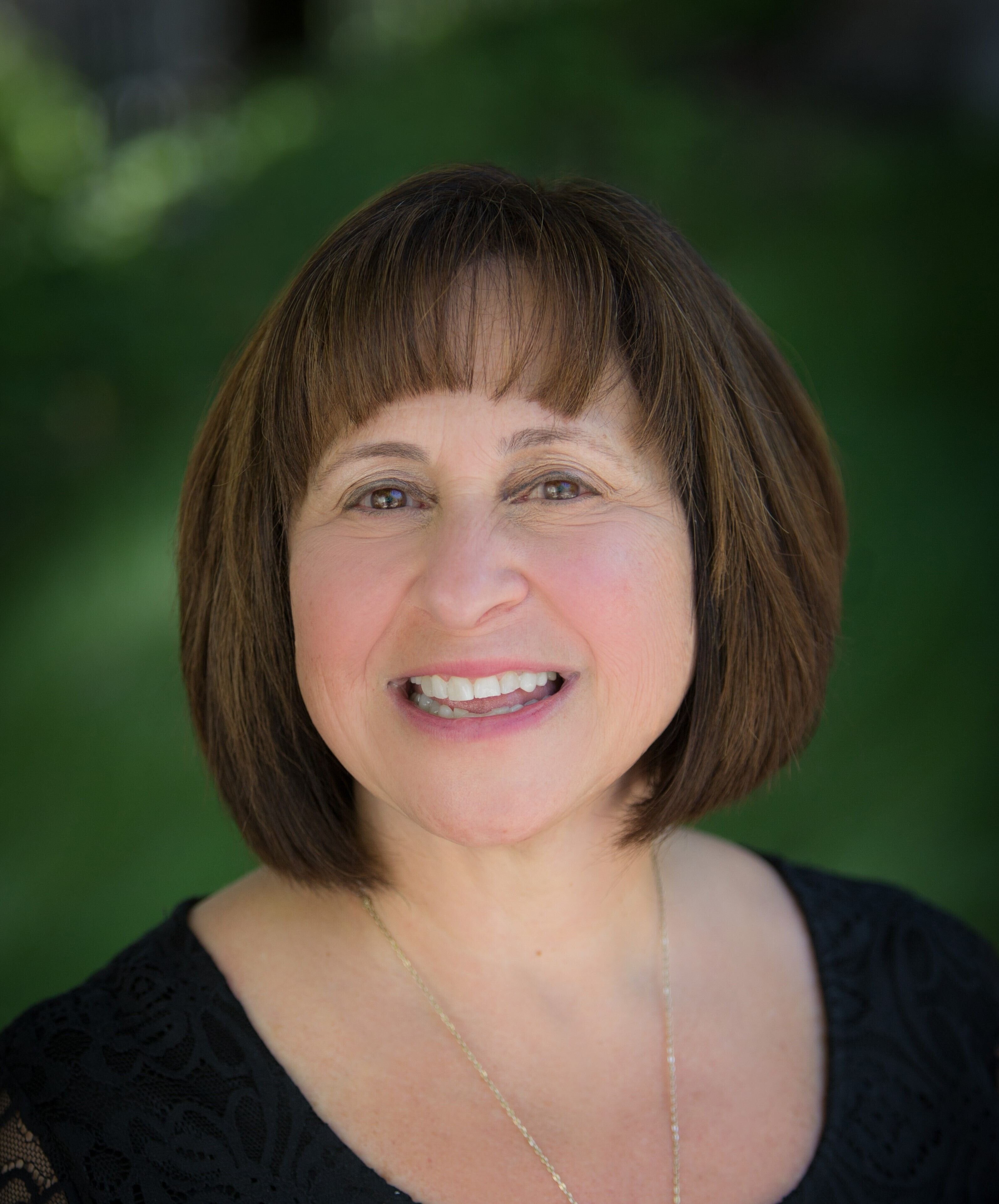As Americans, our Declaration of Independence tells us that we have the unalienable rights to 'life, liberty, and pursuit of happiness." Self-evident symbols that we are all created equally, these endowments belong to each one of us, and become our pursuit should we opt to seek them. Paradoxically, as Jews approaching the holiday of Sukkot, happiness is not only a right, but a responsibility - or so says the Torah.
'And, you shall be happy'. "Be Happy/Rejoice and celebrate". Sameach - joy, happiness... The word is the same and it's not a request or even a suggestion; it's a Torah command. On Sukkot, zman simchateinu (the time of our joy), each of us must find a way to rejoice and feel happy, and not just when we feel like it or experience happiness, but throughout the holiday!
Like so much within the Jewish tradition, there are prescribed ways to celebrate the holiday. We leave our homes to dwell within temporary walls, we eat our meals in the sukkah, we shake our lulav and etrog, we sing the melodies of hallel. Hopefully, this brings us to a place of joy and happiness. But what if it doesn't? The command still stands. From the Torah's perspective, it is an imperative.
Happiness, by definition is individual. What brings happiness to one person may bring sorrow to another. I know people who find great joy and happiness in things I would never consider doing. And, the things that bring me joy likely bring others great pain. Moreover, we know that happiness is often as elusive as a dog running after its own tail. Indeed, happiness is most likely to come when it is not actively sought. It is a natural byproduct of constructive endeavor. The happiest human beings are not those who pause to ask themselves: "Am I happy?" but, rather, those who are busy doing useful and worthwhile things.
So, how is it possible that we can all achieve happiness in the same way?
During Sukkot, in the time when the Holy Temple stood in Jerusalem, water libations were placed on the altar as a prayer for rain. The rejoicing was so great that the Sages proclaimed: "He who never witnessed the Simchat Beit Hasho'evah, never saw joy in life!" The Talmud describes a golden Menorah in the courtyard that shed so much light that every courtyard in Jerusalem was lit up. The celebration was accompanied by song and dance, blasts of the shofar, and carnival and circus-like activity. Of course, the problem is that if the only way to achieve such happiness and joy is through this Temple ceremony, then no one has been happy for the past 2000 years and it would be impossible to fulfill the Torah's mitzvah.
So, the mystical tradition offers another explanation. The Zohar introduces the idea of inviting spiritual guests from the past into our sukkah each night (the origins for the Sukkot custom of Ushpizin), identifying a different one of our ancestral giants into the sukkah each night (Abraham, Isaac, Jacob, Joseph, Moses, Aaron, and King David). In describing this, the Zohar adds 'you should rejoice with a shining countenance each and every day of the festival together with these guests who lodge with you."
Interestingly, the message of the Zohar brings us back to another word. Not the word sameach or its root, but the word that goes with it when we talk about the time of our joy - ZMAN simchateinu. Zman, time. But, the Hebrew root - zayin, mem, nun - is also associated with other words - hazmanah and zimun, two different types of invitation.
On Sukkot, we not only invite the ancient guests to join us in the sukkah, but together with friends and family, we celebrate the holiday with festive meals, the shaking of the lulav and etrog, and an appreciation of eating outdoors as fall begins (of course, this is especially true in Southern California where the weather is so amazing this time of year). And, when three or more people come together for a meal, they bless God through a zimun, a collective dialogue that invites the assembled group to say the words of Birkat Hamazon, blessing after meals.
Inner satisfaction may be felt alone, but exuberant celebration is best experienced in the company of others. So, we invite each other to share our space, to share our food, to share our company, to share our holiday, and there is joy in the togetherness, in the interaction, in the opportunity for connection and growth. And, we invite one another to bless God, to share in the sanctity of the moment, and to recognize the bounty we have been given. And, no matter what else might be going on in our lives, for a moment, we find happiness by giving thanks for all that sustains us: shelter and food, faith and morality, caring friends and loving family.
Shabbat Shalom and Hag Sameach.

